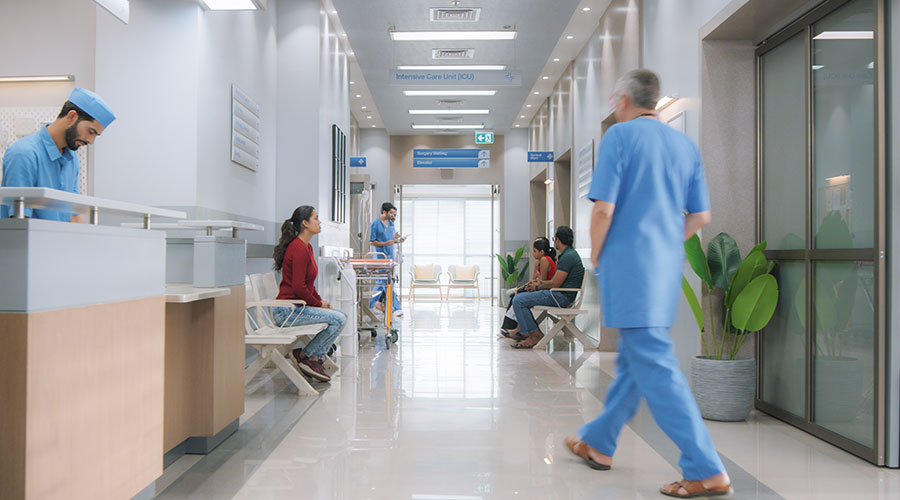Communication is such an essential part of daily tasks that it can be taken for granted when someone isn’t transparent. During design projects, it is up to the designers to keep everyone informed on progress. However, communicating with those who will be using the space can help make informed design decisions.
Healthcare Facilities Today recently spoke with Rhonda Wyskiel, RN, MSN, Principal at Hord Coplan Macht about the importance of communication during projects.
HFT: What information or input do you need from facilities managers to make informed design decisions?
Rhonda Wyskiel: We need detailed information on current operational workflows, space utilization data, maintenance requirements, and any existing issues or pain points. Input on staff preferences, patient demographics, and future growth projections is also crucial. Facilities managers' feedback on preliminary designs helps us refine our plans to better meet the needs of the facility.
HFT: How do you ensure that technical details and design specifications are clearly understood by non-design professionals?
Wyskiel: We use a variety of communication tools to ensure clarity, including visual aids like renderings, diagrams, and mock-ups. Simplified, jargon-free language in presentations and documents helps non-design professionals grasp technical details. Additionally, we offer walkthroughs of design concepts and hold Q&A sessions to address any questions or concerns.
Related: Patient-Centric Design Helps Ensure the Success of Healthcare Design Projects
HFT: What kind of documentation (reports, drawings, meeting minutes, etc.) do you provide to facilities managers throughout the design process?
Wyskiel: We provide comprehensive documentation, including detailed drawings, design reports, meeting minutes, progress updates, and cost estimates. These documents are shared regularly to keep facilities managers informed and involved in every stage of the project. Clear and organized documentation ensures that all stakeholders have access to the information they need to make informed decisions.
HFT: How often do you think we should schedule meetings or updates to ensure everyone is on the same page?
Wyskiel: We recommend scheduling regular meetings, such as bi-weekly or monthly updates, depending on the project's phase and complexity. Additionally, milestone reviews and ad-hoc meetings can be arranged to address specific issues or major developments. Consistent communication is key to maintaining alignment and addressing any concerns promptly.
Mackenna Moralez is the associate editor of the facilities market.

 Case Study: How NYU Langone Rebuilt for Resilience After Superstorm Sandy
Case Study: How NYU Langone Rebuilt for Resilience After Superstorm Sandy Frederick Health Hospital Faces 5 Lawsuits Following Ransomware Attack
Frederick Health Hospital Faces 5 Lawsuits Following Ransomware Attack Arkansas Methodist Medical Center and Baptist Memorial Health Care to Merge
Arkansas Methodist Medical Center and Baptist Memorial Health Care to Merge Ground Broken on Intermountain Saratoga Springs Multi-Specialty Clinic
Ground Broken on Intermountain Saratoga Springs Multi-Specialty Clinic Electrical Fire Tests Resilience of Massachusetts Hospital
Electrical Fire Tests Resilience of Massachusetts Hospital